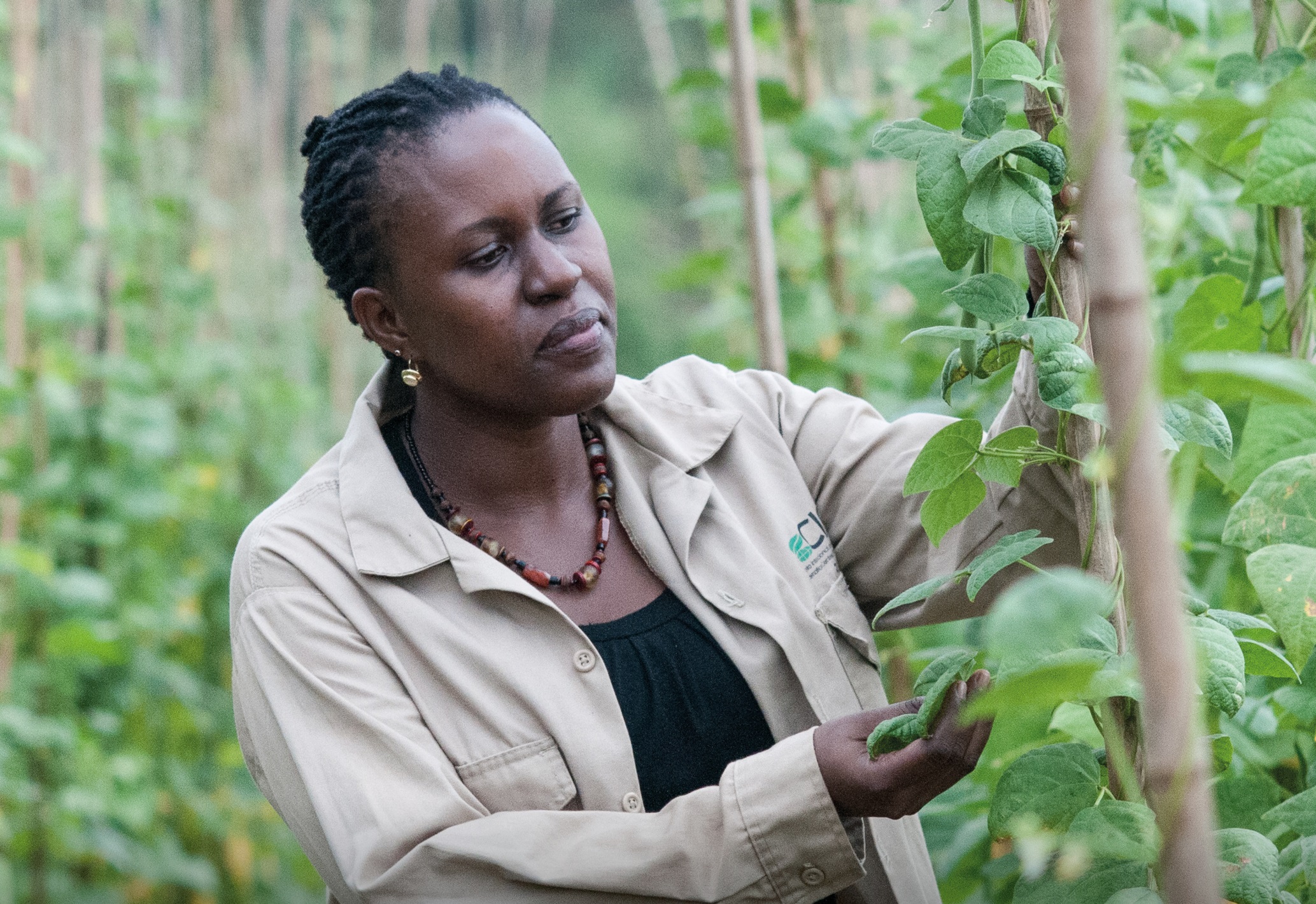Beans are essential in sub-Saharan Africa. In East Africa alone, they are among the most-traded commodity.
Dr. Clare Mukankusi,
Regional Bean Breeder
My dream has always been to reach the poorest in Africa through science. And now, as a “doctor of plants,” as my children call me, I help regulate the flow of beans between the world’s largest bean genebank in Colombia and many countries in Africa.
Beans are essential in sub-Saharan Africa. In East Africa alone, they are among the most-traded commodity, and a meal is often considered incomplete without them. In many African countries, every woman, with only a very small piece of land, can grow and sell beans, to put a nutritious meal on the table.
Thanks to decades of research, we have already made huge progress in improving beans. They are now more nutritious and affordable, and the plants are more productive and hardy in the face of heat and drought.
But if we’re going to meet the Sustainable Development Goals, end hunger, achieve food security and improved nutrition, we’re going to need to raise the bar even higher.
That ’s why the 37,000 accessions at CIAT’s global bean collection in Colombia, and the 3,000 at our genebank in Uganda are at the heart of the work of PABRA to improve beans for the continent.
As a breeder, I rely on genetic diversity to make progress. If one bean variety is lost forever, we might never know how its unique attributes could have helped us – and future generations – tackle specific challenges, especially in light of future threats like weather extremes.

